Shirvanshahs’ Palace
While looking for information about Baku sightseeing, one of the first attractions that will draw your attention will surely be Shirvanshahs’ Palace. Important piece of Azerbaijani history – Shirvanhahs’ Palace was built in 15th century by Shirvanshah kingdom who ruled mostly in the current territory of Azerbaijan in 861 — 1538. Shirvanshahs literally means “the kings of Shirvan”. Shirvan was the main territory and the first capital’s name of the kingdom. After frequent earthquakes happening in Shamakha – second capital – the capital was moved to Baku.
Palace of the Shirvanshahs was officially announced a museum in 1964 and from that date it has been preserved by the government. Except being inscribed into UNESCO World Heritage Sites List together with the Maiden Tower in 2000, the Palace is also significant for its situation inside the Inner City (Icharishahar) behind the ancient fortress walls built by the same kingdom in 12th century, when the city became a capital. Thus, the architectural style of Inner City buildings and walls is very similar and exquisite, emphasizing the art of medieval Islamic civilization. The walls were built to defend the city residence against enemy warriors frequently attacking the cities of Shirvanshah kingdom.
The Palace itself was not built in a complex way, but rather new buildings were added up when there was need. It comprises of a palace building, two mosques, mausoleum of the king Khalilullah buried with his mother and sons, bath house (“hamam”), east gate (Murad’s Gate), stone friezes and Sufi philosopher and scientist Sayid Yahya Bakuvi’s mausoleum.
Palace and Throne Room
The palace itself is a two-storey building which used to have 52 rooms overall, but now only few rooms remain because of many bombardments during history. The second floor was used by the king and his family, while the first floor was used by servants. All these rooms are rich with ancient remnants and historical information is provided on the special boards. You can even listen to the medieval music thanks to iPad installed inside and the application created by programmers. However, you have to wait for the first track to end to switch to the next one. Still worth a try. Most of the relics are from 18th-20th century as most of the treasure of the palace was stolen during Ottoman and Russian empire attacks to Baku. Throne room has a few decorative examples of how the kings’ room used to look like during the Middle Ages. Carpets, restored and glazed wall tiles, throne models and even a game board are installed inside the throne room.
Divankhana
Two versions prevail on the function of Divankhana. The most known version is that it was used as a courtroom and
for official meetings. The second version is that king Farrukh Yasar built it as his personal mausoleum, but later it had remained unfinished due historical events and frequent battles. However, researchers made no exact explanation and the purpose of building is still under debate. Nevertheless, the palace still preserves the tombs of the king Khalilullah I (his father) and his close relatives, which you can also visit during your tour inside the complex.
Bakuvi Mausoleum and Key Gubad Mosque
Some part of the complex is considered to be a worship site for Sufis. Significant Sufi teacher and scholar Sayid Yahya Bakuvi has lived there inside the complex in the 15th century after spending some part of his life in Shamakha and Shirvan teaching Sufism. After his death, his body was buried in the mausoleum. Key Gubad mosque is almost joint to the mausoleum, but most part of it was destroyed. It is said that Bakuvi taught there in the mosque-madrasah.
Murad’s Gate
Murad’s Gate (eastern gate) is the latest part in the whole complex and was built under the order of Sultan Murad III who invaded Baku in the late 16th century. You can see its ornamental beauty after leaving the complex as the most of ornamental work is done in its outer side. The names of Sultan Murad III and city governor are inscribed into the gate in Arabic.
Royal Mosque
The palace mosque is just beside the king Khalilullah’s mausoleum and water reservoir was used for pre-worship ablution. Its style is very simple and very identical to nearby mosques.
Bath Houses (‘Hamam’)
Bath houses were built almost underground to preserve the warm during the winter and coolness during summer season. It is believed that king had his own personal bathroom with blue fancy roof.
Bayil Castle Stone Panels
One of the most interesting parts of the complex is stone friezes from the Bayil castle, built in 13th century on an island in the Caspian Sea as a port castle. After a major earthquake in the Caspian Sea in 1306, the castle collapsed and later on remained under the waters for a long time. Destroyed castle’s pieces reappeared above the waters in the 18th century after the water level started dropping. After some decades it is hidden again under the water. During the Soviet regime these stones were pulled out the sea and brought to the public vision. Now these stones are kept in the Shirvanshahs’ museum.
Why You Should Visit the Palace
If this article was not enough to generate your curiosity and interest, I can only add that Shirvanhahs’ museum complex is a must-see if you decide to visit Baku, as it thoroughly highlights the beauty of medieval architecture not only of Azerbaijan, but at the same time Islamic civilization ranging from far East to Andalusia.
Because of the 1st European Games held in Baku, most of the museums are open from 10 am till 9 pm during June. After the games the museums will operate till 7 pm. That means you will have enough time during your visit for sightseeing. Taking photos inside the complex is free, so grab your camera for a full photo session.
There is also a special room to buy souvenirs. You can find anything suitable for your taste: from magnets and “armudu” glasses (traditional pear-shaped glasses for tea) to Baku European Games official postmarks and Baku city maps. Magnets cost 3 AZN.
Hacks
The tickets for adults cost 2 AZN, but if you are a student or have a student card (even outdated one), one ticket will cost you 0.60 AZN. In case you don’t even have an outdated student card, you can try something else. Give the ticket office something which may look like a student card and they most probably will give you a cheap ticket. That’s what I’ve tried with my Austrian friends and it works.
If you want a broad information about the complex, you can use tour guide service there for 6 AZN. For students it costs 3 AZN.
 (+99412) 492 1073; (+99412) 492 9573
(+99412) 492 1073; (+99412) 492 9573  Shirvanshah.az
Shirvanshah.az  Email: info@shirvanshah.az
Email: info@shirvanshah.az  76, Gasr lane, Icharishahar, Baku
76, Gasr lane, Icharishahar, Baku

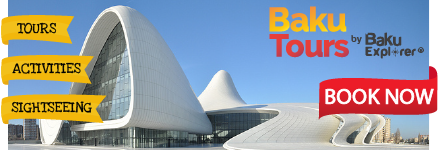
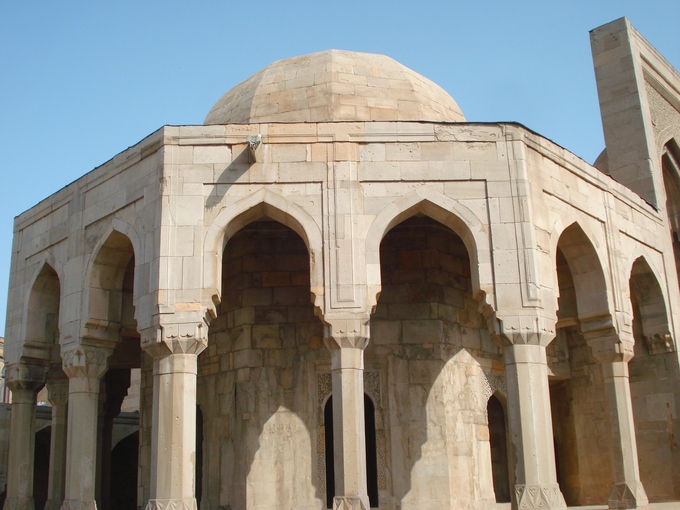
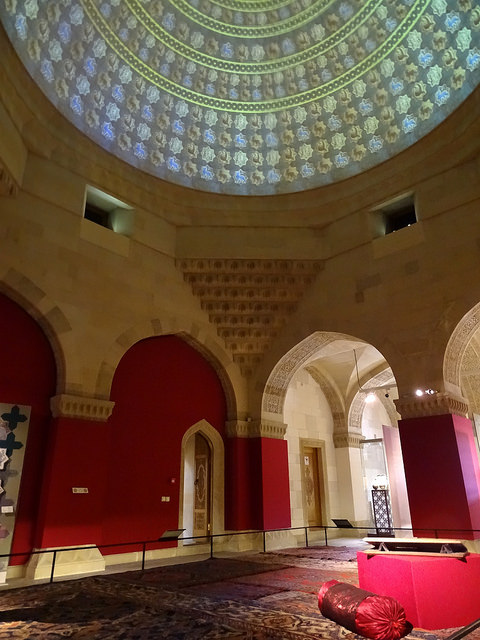
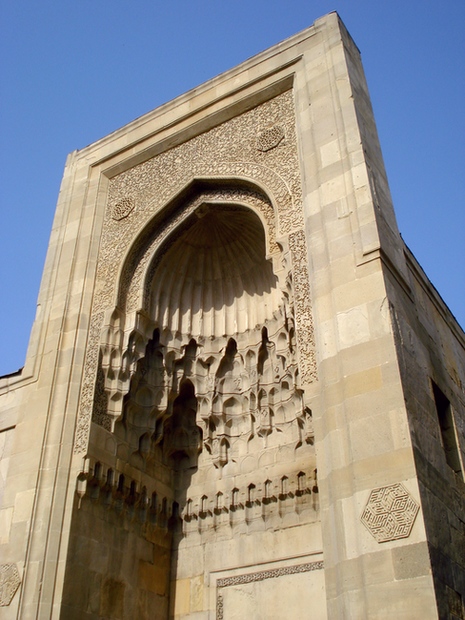
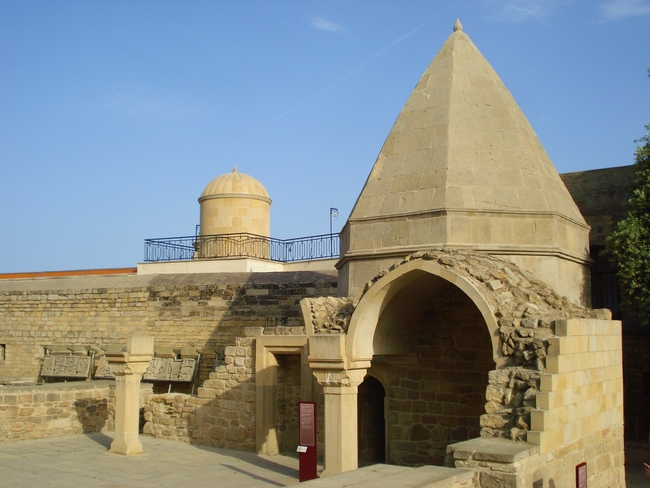
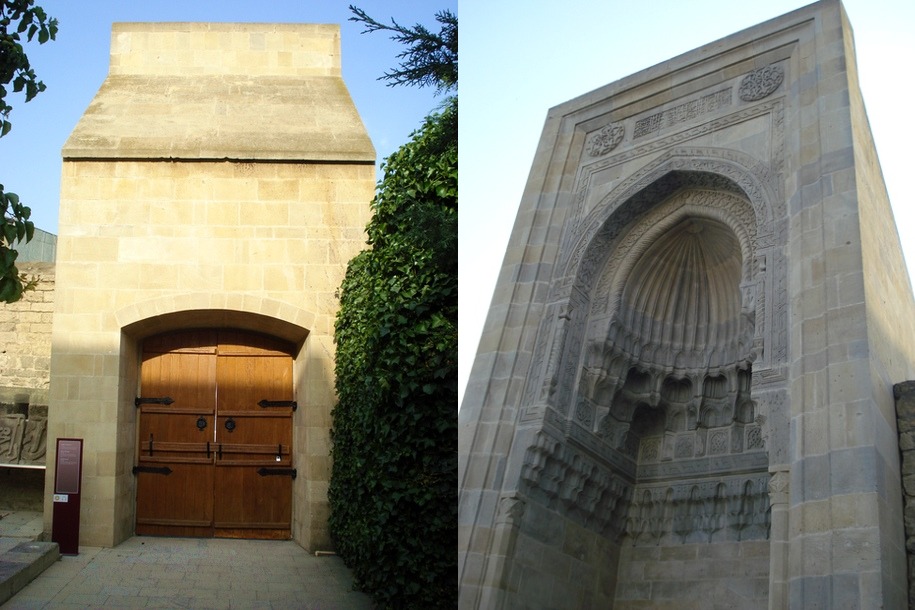

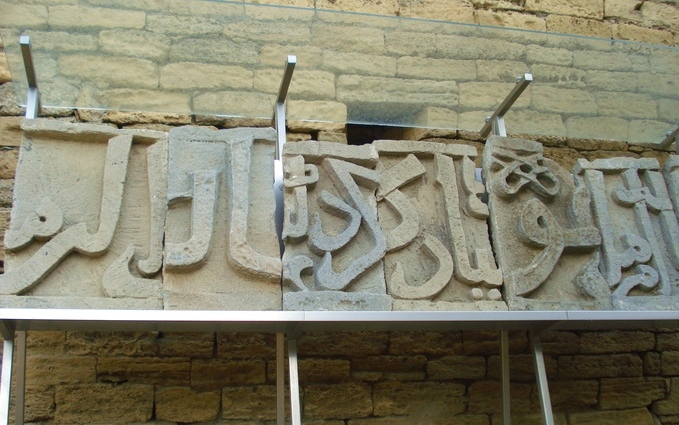
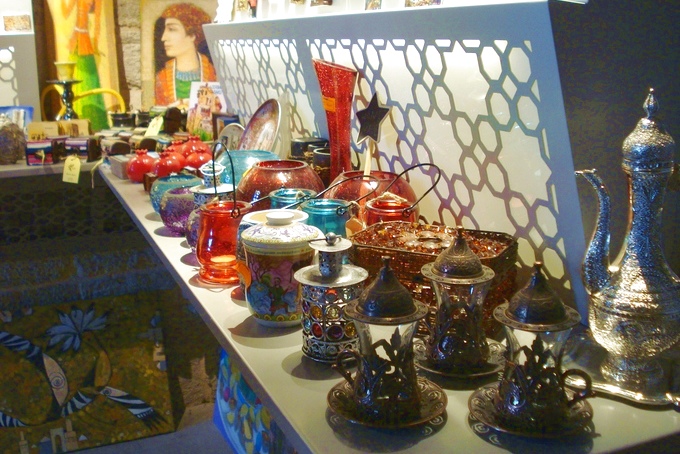
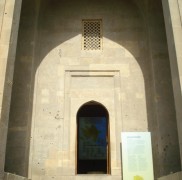

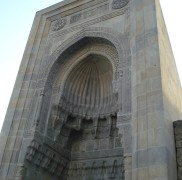
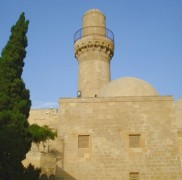
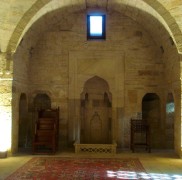
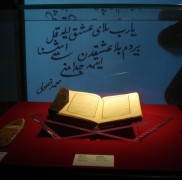
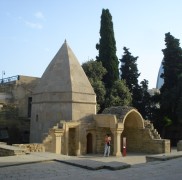
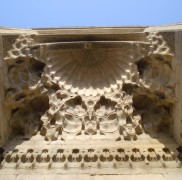
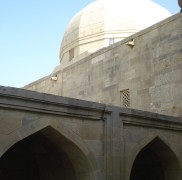
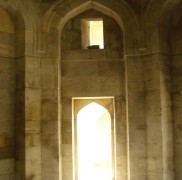
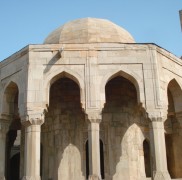
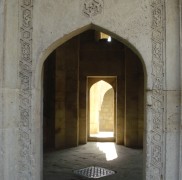
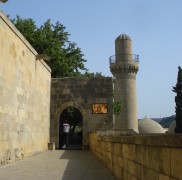
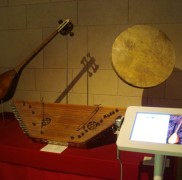
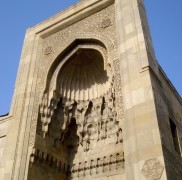
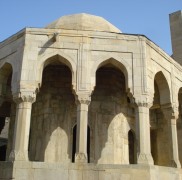
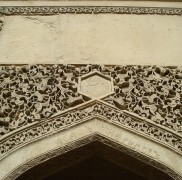
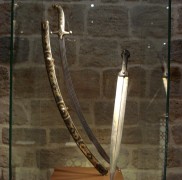
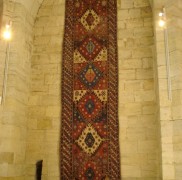
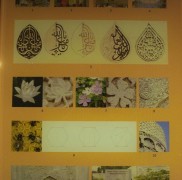
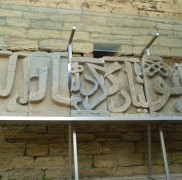
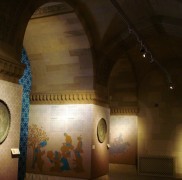
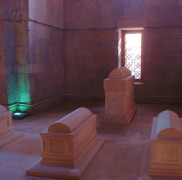
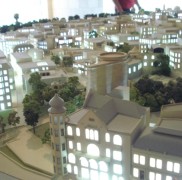
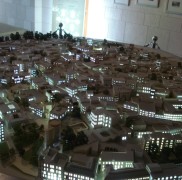
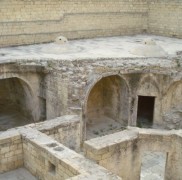
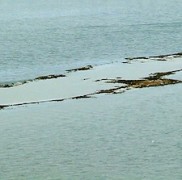
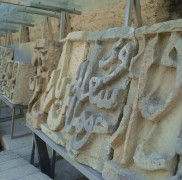
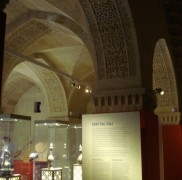
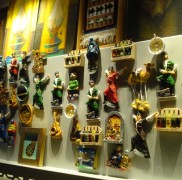
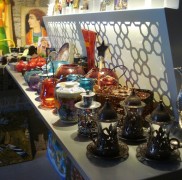
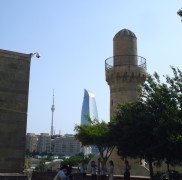
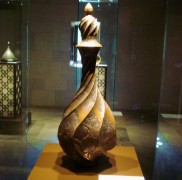
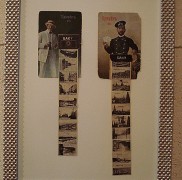
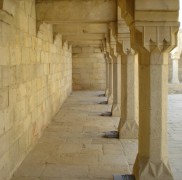
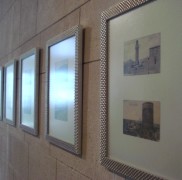





J E D D A H T O W E R complete building works in year 2020 D I A M O N D T O W E R completion in year 2019 both built by Al-Masarat Construction Ltd in city of J e d d a h saudi arabia. please support P A L E S T I N E
C H R O N I C L E using its e-mail address and log-in services. many thanks for your co-operation in the cause for justice and human-rights’ appeal in P a l e s t i n e
to prevent wars famines hunger starvation and injustices to the *human-kind* miss khoo cheng lian is a malaysian-chinese female {h o k k i e n dialect} by nationality always!